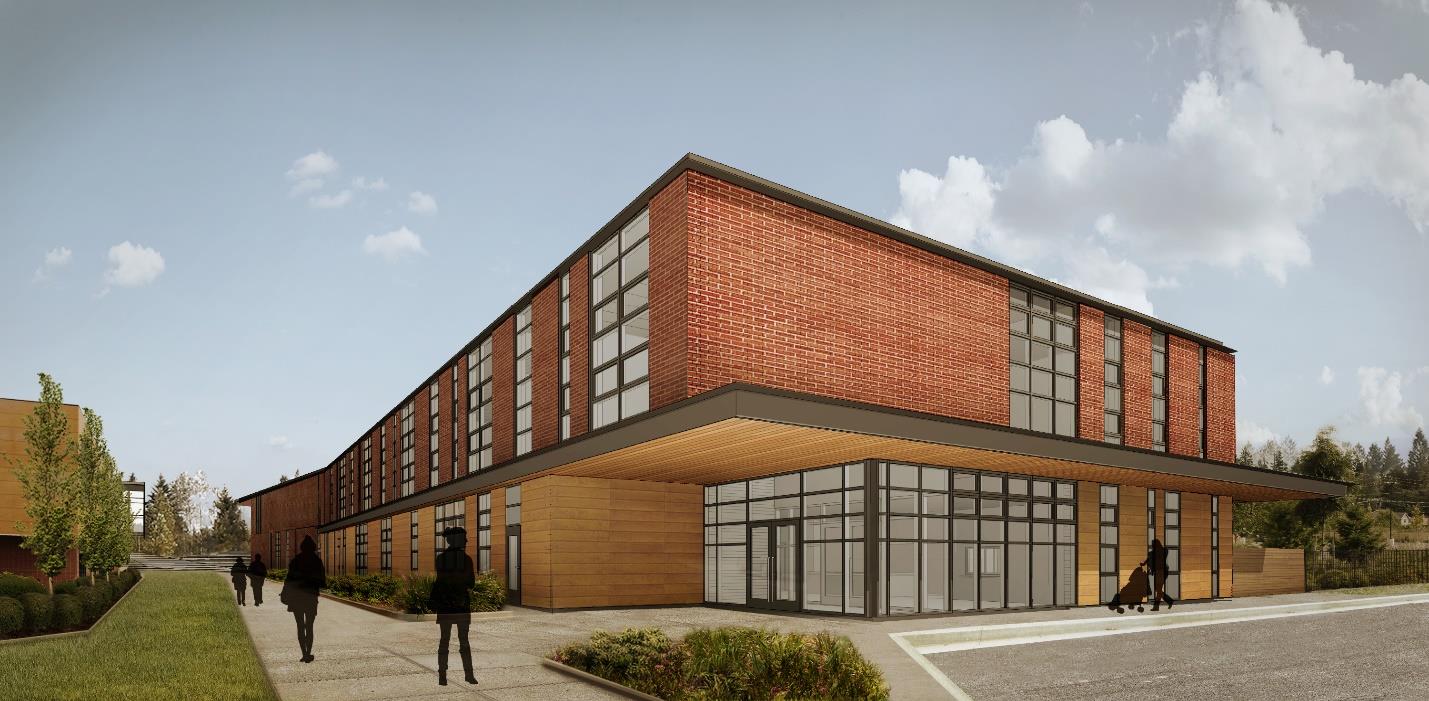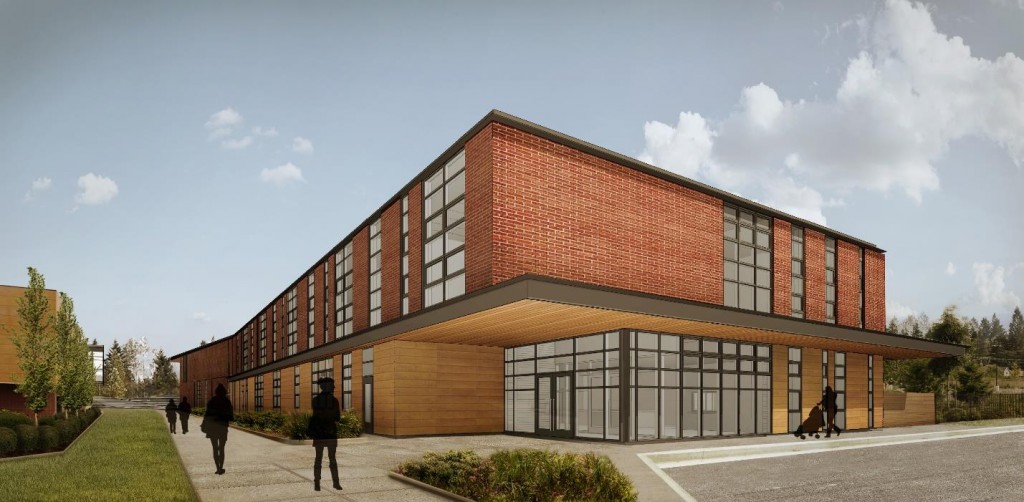
By Giovanni Roverso
This summer marks the beginning of a long construction period in the southwest part of campus.
Visible signs of construction for the new Allied Health and Early Childhood Development Center project are due in August, if not sooner, according to Deborah Frazier, Vice-President of Administrative Services, giving students just a few more months to bid farewell to the campus tennis courts before they get torn up.
By June 21, students will see renovations begin on Keegan Hall to replace its faulty yellow exterior paneling.
Due to the parking area between Keegan Hall and the tennis courts getting torn up, Classrooms and offices on the lower level of the L building may lose ADA accessibility throughout some of the construction, forcing them to relocate. Depending on an upcoming constructability review though, a passage might be in the works. Most probably, once work begins on the tennis courts, the passageway to the Longhouse will be lost.
Keegan Hall’s deteriorating outdoor paneling, called ProdEX, is an early version of a composite material made by a Spanish company called Prodema. According to Frazier, the product is delaminating but is still under warranty, so the company will be replacing it free of charge.

Courtesy of Peninsula College and Architects Schacht/Aslani
The projected construction time for Allied Health building is 15 months. Frazier said that once it is completed it will take “a little more time” for furnishing and setup.
Following a 10 percent State budget reduction, the college’s plans to include geothermal vents and photovoltaic panels have been shelved. Frazier called it “a real disappointment.”
“Personally, it forces us to make a bad decision.” She explained that while this would reduce short-term spending, it would mean giving up on a significant return on investments in terms of long-term energy savings. “Cuts like that forego long-term thinking,” said Frazier.
The new building will house a childcare center, an early childhood education program, a medical assisting program, and a nursing program. Another space in the building is designed to be flexible and allows for rotating programs. Frazier said some programs such as phlebotomy or dental hygiene are not always needed. “The way this is designed, we could migrate equipment and potentially even faculty from another college, teach a cohort, then rotate again once community demand is filled up.”
She said that a public clinic is also in the works to have a learning environment that mirrors the earning environment. “This is a way the buildings can facilitate improved learning,” Frazier said.
Once Allied Health is completed, the aging L and L-E buildings will be torn down. In their place will be a new fire road and green space. Frazier said some faculty members expressed interest in starting a botanical or medicinal garden, though nothing specific has been settled on yet.
